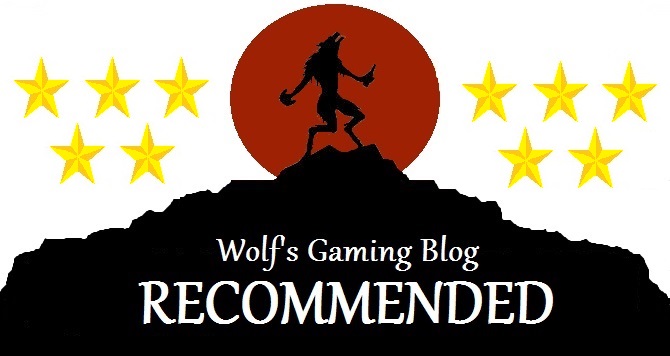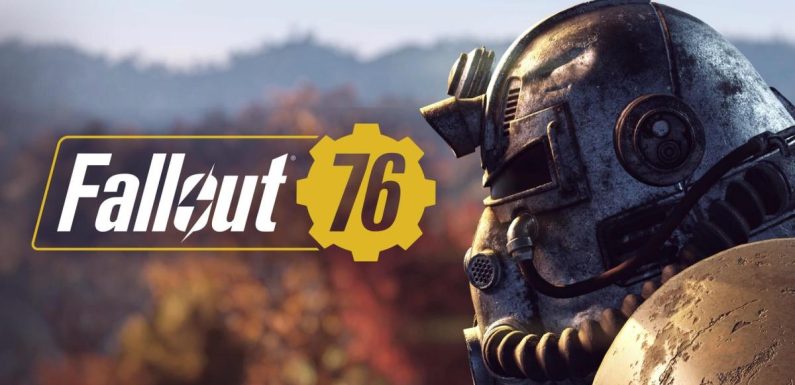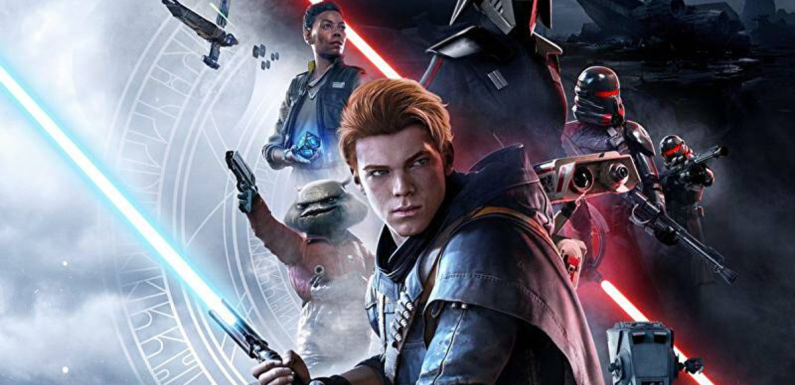

Platforms: Switch, PC, Xbox One, PS4
Reviewed On: PC
Developer:
Publisher:
Singleplayer: Yes
Multiplayer: No
Review code supplied free of charge by the publisher.
Dead Cells is a rogue-like or rogue-lite or rogue-something depending on the exact definition that you opt to go by, meaning that whenever you die you’ll just respawn at the very start but having hopefully managed to make some progress along the way by grabbing lots of Cells from dead enemies, shiny new blueprints and maybe even a Rune or two. In other words, this genre is a bit like banging your head off of a brick wall with the goal being to break through. Keep doing it long enough and you might just manage to break the wall. But at what cost? Concussion, I would imagine, at the very least.
In a lot of ways this is an apt metaphor for a game that proved itself to be a prime example of how to do Early Access; try something, get better, push further, go back, get better, push further. Dead Cells spent a good amount of time under the Early Access banner and the sheer level of polish makes it abundantly clear that the developers used the time well. Other companies take note, this is how you do it.
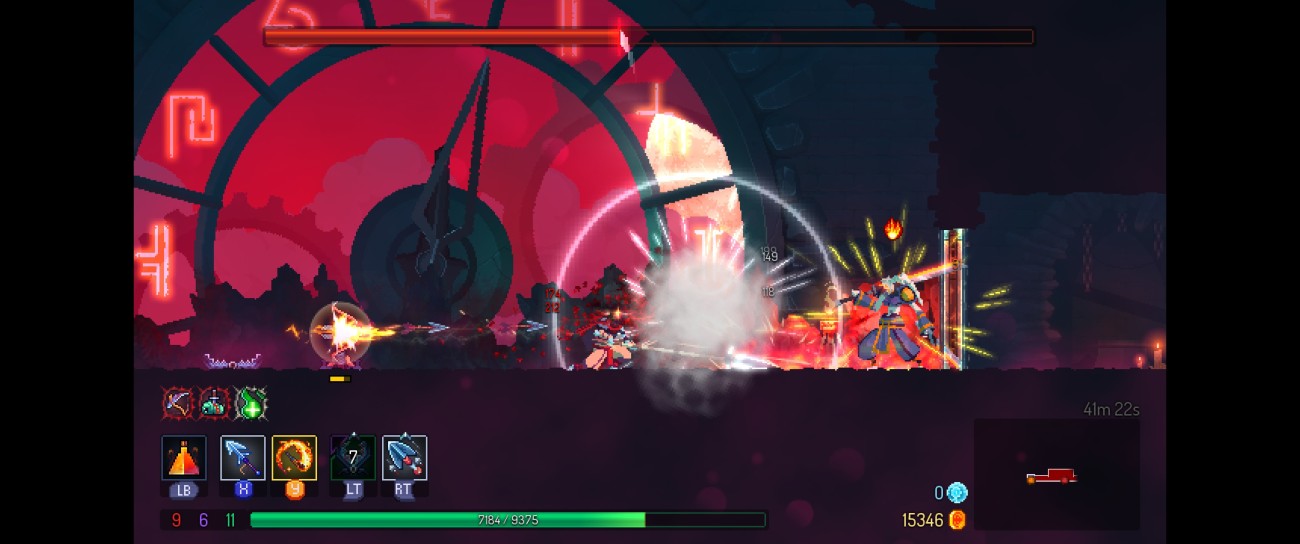
Explaining how you never truly die is the fact that you’re some sort of sentient green gloop that hijacks a fresh, headless corpse, the supply of which is seemingly endless. Whenever this body gets destroyed by the denizens of the various levels you’ll be fighting through you’ll just plop down to the ground through a special tube in the ceiling, grab a fresh new corpse and then proceed to delve back into the battle like nothing ever happened.
The story really isn’t the focus of the game, but for those willing to explore the levels there are special rooms that offer glimpses into what happened, and it’s surprisingly interesting stuff at times. That’s largely because the details are left to the imagination, though.
On a slightly related story note, for a mute character with limited gestures the developers have somehow made your avatar quite funny. There were a couple of moments where it made me laugh by giving the thumbs up when a character asked something.
So, what you’ll be doing is spending your time navigating a series of 2D levels via some light platforming and plenty of violence. Combat is easy to grasp but that doesn’t mean it isn’t without its own little nuances that you need to learn. You get two main weapons that include melee and ranged weapons such as swords, spears, bows, ice shards and more, and a single button for each is all you need. You can also pick up a shield if that’s your preference. You can also find two special abilities that get mapped to the triggers when playing on the controller, which is recommended, and these can be stuff like a deployable turret, traps for stopping an enemy in their tracks or even being able to syphon health for a while. Finally, you have a dodge button for getting out of trouble, and a ground stomp for when you want to introduce yourself from a high perch.
The reason it works is because great pains have been made to ensure each weapon and each enemy feels different. It won’t take you long to develop your own preferences when it comes to weapons and weapon combinations, and extra modifiers only add more intrigue to the situation. You might get lucky and wind up with your favourite weapons as well as having one modifier that freezes enemies and another that deals out 175% more damage to frozen foes, but quite often you’ll also have to make do with weapons you don’t like and modifiers that don’t click together very well. No matter what you end up with, though, it changes the way you play, which I really love.
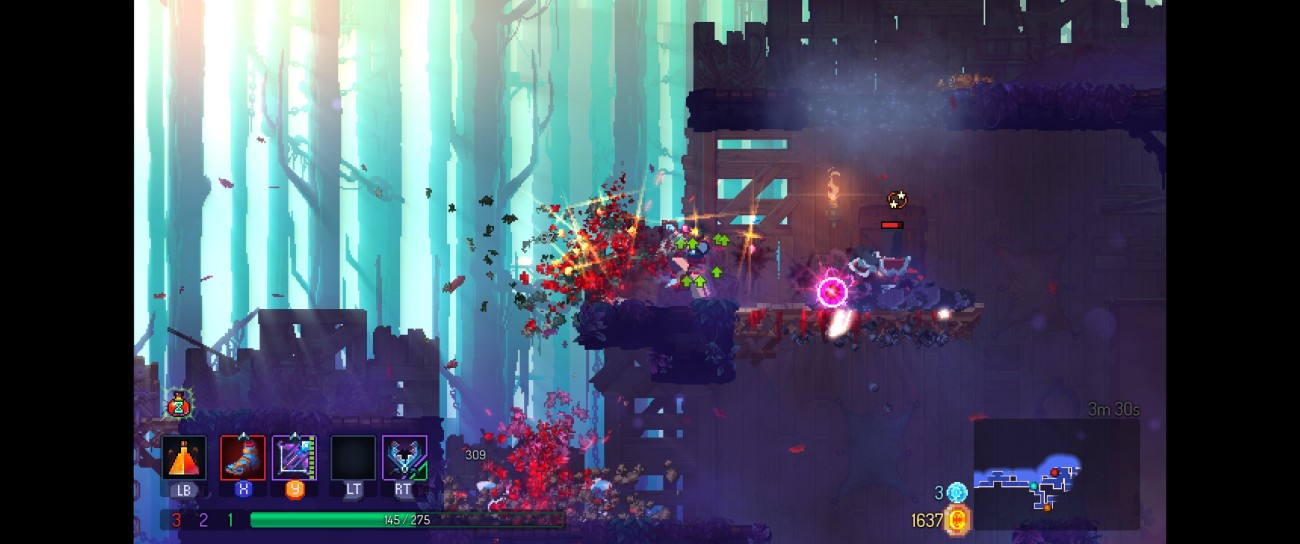
All the horrible bad guys you’ll be fighting change the way you handle things, too. They all have their own behaviours that you’ll learn, and sometimes seem clearly suited to be tackled with a specific type of weapon. That just means you have to improvise with whatever you have to hand. Hell, I’ve sunk over 20+ hours into the game and there are still enemies who I try to avoid like the plague because I’ve just not figured them out.
In short, combat just feels really, really bloody good.
Special items and rooms help out along the way. Magical scrolls, for example, let you boost the damage of one of the three colour-coded weapon types by 15% every time you snap one up, and perhaps more importantly also bolsters your HP by up to 60%. More health in a game like this is always good, after all. But interestingly, while these scrolls will always increase the damage of one color of weapon by 15%, the HP values vary based on how many times you’ve selected that color. In other words, if you focus exclusively on ramping up the stabbiness of your stabby stick you’ll get considerably less health in return. Hmm, decisions, decisions.
Then there are the frustrating timed doors that will automatically lock if you don’t make it to them in a certain amount of time, forcing you to speed run a level like a lunatic if you want to snag the sweet goodies inside. Again, there’s an interesting decision to be made here; do you hoover up everything in a level in order to gain as many scrolls and Cells as possible, or you do run for the timed doors?
Cells basically act as the currency you’ll be using between levels in order to do a number of things, such as upgrading your weapons and reforging them to get new effects. But mostly you’ll be giving them over to the Collector, a being that will happily accept your payment in order to unlock a variety of stuff. Firstly, there is a small array of permanent upgrades, including the incredibly important ability to use your health potion multiple times, an option that becomes very expensive very quickly but is oh so worth it. Or you might invest some of your Cells into being given a randomly selected weapon every time you respawn. Again, this is fairly vital or else you have to make do with basic training weapons until you can find some more.
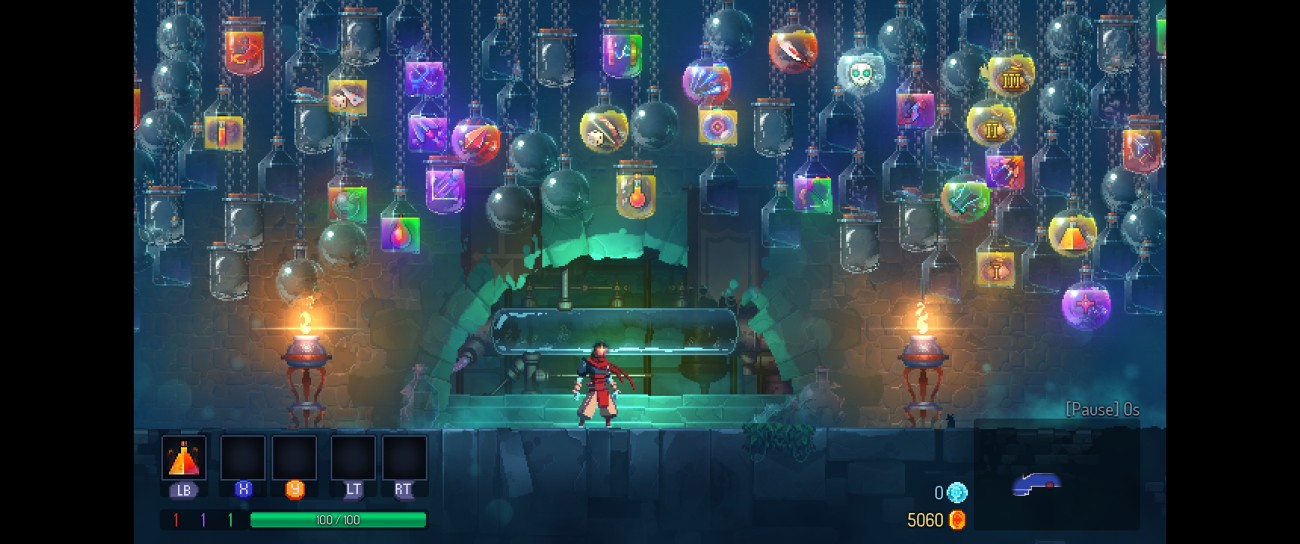
The sweetest, juiciest loot you can arguably find, outside of the most powerful versions of weapons, are the blueprints that can open up new gear and upgrades for you to purchase at The Collector. There’s a dastardly catch, though; like Cells and everything else you pick up along the way, blueprints disappear if you die, so in order to keep it you need to finish the level. Again, choices; run like hell for the exit with what you have? Or keep exploring?
The game almost mocks you with all the stuff you can get your grubby mitts on by having a little section where you respawn covered in hanging bottles that will fill up with the various upgrades and weapons you manage to acquire. Over time you’ll get more options. It’s slow going sometimes, especially since some of the best, and arguably most vital upgrades, are incredibly expensive. This, though, forms the core of the game. You have to grind. You have to be willing to die again and again in order to make it a little bit farther, and for a lot of people that is not going to be fun. That’s fine. You need to be somebody who can fail, take a deep breath, maybe utter a rude word and carry on.
At some point, I became aware that the game was quietly tricking me. You see, the movement feels so wonderfully precise and responsive. You move quickly, stop exactly where you want to, dodge on command – it just feels so damn right, from the very first moment you pick up the controller. That’s the trick; it lulls you into a sense of confidence. On a good run the controls let you enter that mysterious and indescribable sense of Zen where you can seemingly do no wrong, commit no crime. You get cocky. And then the game smacks you around a bit. Maybe you just got cocky facing off against enemies or a boss you’ve fought time after time, or maybe you stupidly ran headfirst into a new threat because you feel like you’re videogame Jesus. It doesn’t matter, the game has tricked you. It tricked me. I like that. I like that a lot.
It’s a game capable of providing immense satisfaction and equally devastating defeat, where a single mistake can lead to you losing a bunch of Cells and a rare blueprint dropped by an enemy. When these things happen it’s almost physically painful. Dead Cells manages to coax a lot of emotions and reactions from me; tension, dread, excitement, sweat, relief and raw anger.
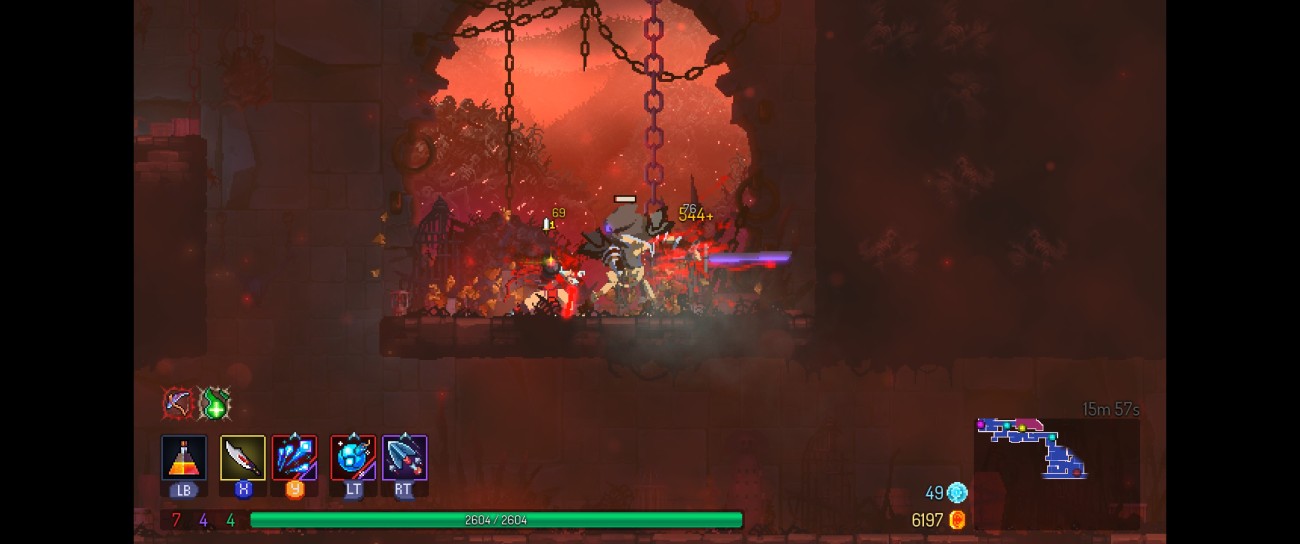
But no game is without flaws and Dead Cells does not break that trend. Unsurprisingly, the biggest issue it faces is repetition, after all by the genre’s very nature it demands that you replay the same things over and over again in the pursuit of that perfect run. Levels get randomized as do the specific locations and mixes of enemy types, but that only only do so much to alleviate the feeling of running through the same place fighting the same bad guys.
The other problem is that pure luck sometimes plays a role in how things go. Not getting decent weapon combinations can leave you hurting, as can a lack of scrolls or just the levels making a speedrun for the doors awkward.
Perhaps the biggest thing you need to know about Dead Cells and why it’s so damn good is that it practically embodies the concept of, “just one more go. One more run. Just. One.” I can’t really explain it, especially since there are times when it will barely feel like you’ve made a dent in the game despite doing a dozen runs. But everything just feels so good that you want to keep playing. It’s never unfair, harshly punishes your mistakes but then dangles another carrot in front of you, and like a masochistic idiot you’ll try to grab it.
So, yeah, as you might have guessed this one is getting a recommendation from me.
